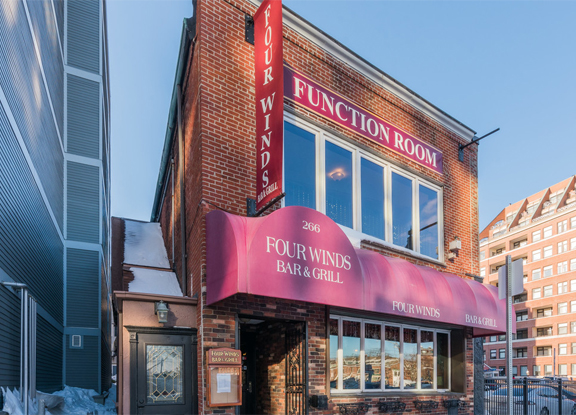The Limitations of Traditional Valuation Approaches

The cost approach often provides a useful benchmark within an appraisal; however, this approach has many shortcomings.
The need to isolate the value of the underlying real estate is widely recognized for lending purposes, tax assessment and in eminent domain cases. In applying the Market Approach by presenting recent sales of comparable properties, much of the available sale comparable data frequently includes sales of going concern properties and therefore included elements of personal property and business enterprise value. The result is often a value indication that is more accurately termed the Value of the Going Concern, or the Total Assets of the Business (MVTAB).
The traditional Income Approach also presents significant issues for real estate appraisers and tax assessors. Most small businesses operate based on margins and are managed by ratios of expenses to gross sales. The ability to remain profitable enough to stay in business depends on the ability to maintain costs at sustainable levels.
For restaurants, food and beverage costs can account for 30%-40% of gross sales, while salaries/wages typically account for 25%-35%. However, a combined cost of these two categories reaching 70% is often a “red flag”, since there are other expenses, including occupancy costs such as rent, utilities, insurance and building maintenance, as well as other costs such as marketing, credit card processing, music/entertainment, etc.
According to the National Restaurant Association, Income Before Income Taxes averages 6.1% and 6.6% for full service and limited service restaurants. Thus, profit margins are relatively narrow and provide little room for financial missteps.
As a result of the economic realities of these types of business oriented properties, economic rent is “sized for affordability” based on consideration of economic as well as physical parameters. In other words, rental rates are more commonly established via references to revenue. For restaurants, rent-to-sales ratios are commonly in the range of 6%-9%.
Contrary to the more traditional use of lease comparables, economic rental rates for these properties tend to be more reliably based on explicit consideration of business volumes in addition to the physical aspects. These are long-standing practices designed to test affordability as part of prudent underwriting. While lease comparables are useful as essentially a test of reasonableness, providing an upper and lower limit and offering an alert when a prospective rental amount is unusual in a marketplace. Appraisers should endeavor to reflect the actions of buyers and sellers of restaurants in that marketplace.
According to the National Restaurant Association, Income Before Income Taxes averages 6.1% and 6.6% for full service and limited service restaurants. Thus, profit margins are relatively narrow and provide little room for financial missteps.
As a result of the economic realities of these types of business oriented properties, economic rent is “sized for affordability” based on consideration of economic as well as physical parameters. In other words, rental rates are more commonly established via references to revenue. For restaurants, rent-to-sales ratios are commonly in the range of 6%-9%.
Contrary to the more traditional use of lease comparables, economic rental rates for these properties tend to be more reliably based on explicit consideration of business volumes in addition to the physical aspects. These are long-standing practices designed to test affordability as part of prudent underwriting. While lease comparables are useful as essentially a test of reasonableness, providing an upper and lower limit and offering an alert when a prospective rental amount is unusual in a marketplace. Appraisers should endeavor to reflect the actions of buyers and sellers of restaurants in that marketplace.